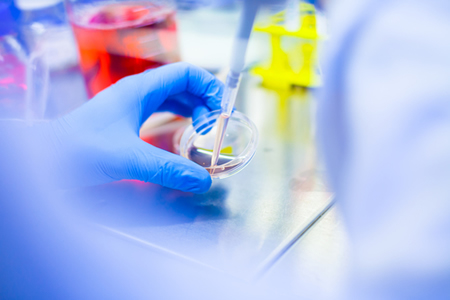Scientists have created the first three-dimensional living entities from human embryonic stem cells. These advanced cellular structures or embryoids closely resemble primitive human embryos and could potentially be used to study a wide range of diseases and could further research that could lead to new ways to treat infertility or prevent miscarriages.
The study of the early development of diseases is made difficult because many of the stages occur when the embryo is growing in the uterus. It is only permitted to study human embryos up to day 14. Many crucial events occur after this date, but they cannot be studied. What happens in this time frame remains a total mystery.
An embryo model is the ideal solution as it solves many of the ethical issues associated with the study of embryos. In this case, the embryoids develop outside of the womb and are not created from eggs and sperm but human embryonic stem cells.
The researchers isolated embryonic stem cells and grew them a gel dish with a protein to encourage the cells to form structures. The researchers were able to get the stem cells to organize themselves into complicated three-dimensional hollow structures similar to early embryos.
Further, the structures then lost their symmetry. That is the essential next step before development into a human is possible.
“Finally, being able to re-create and now study that first symmetry-breaking moment is thrilling, humbling and mind blowing,” said Mijo Simunovic, first author of the study. “I really feel like I’m looking at one of the most mysterious aspects of our own existence.”
The work has been praised by many scientists for opening the door to a totally mysterious part of early development: One that could prove essential in the understanding of many different diseases, medical conditions, and biological processes.
For the embryoids to have maximum value they will need to be grown past the 14-day cutoff for studying real human embryos. As for how long the structures can be grown, that is a matter that will be hotly debated. An upper time limit may well be applied to prevent the structures growing to a stage where the embryo model has essentially become the real thing.
That may be some way off. The researchers are first working on their technique and are attempting to grow more sophisticated embryoids and study more complex events.
Further information can be found in the paper – A 3D model of a human epiblast reveals BMP4-driven symmetry breaking – published on July 1, 2019 in Nature Cell Biology. DOI: 10.1038/s41556-019-0349-7
